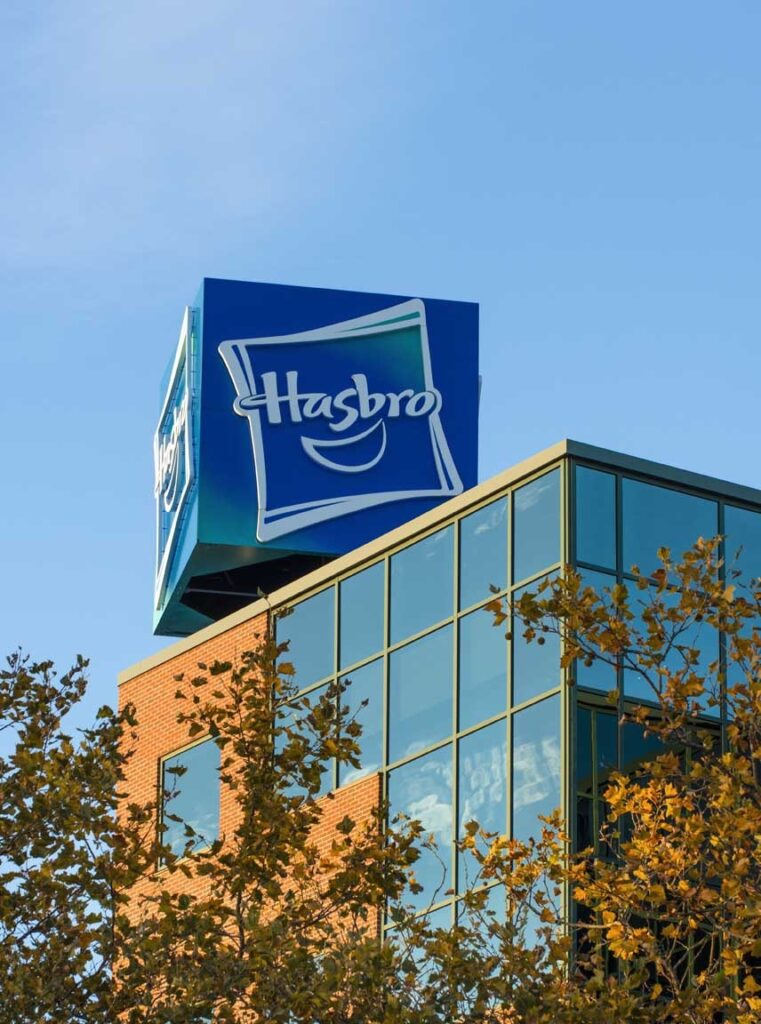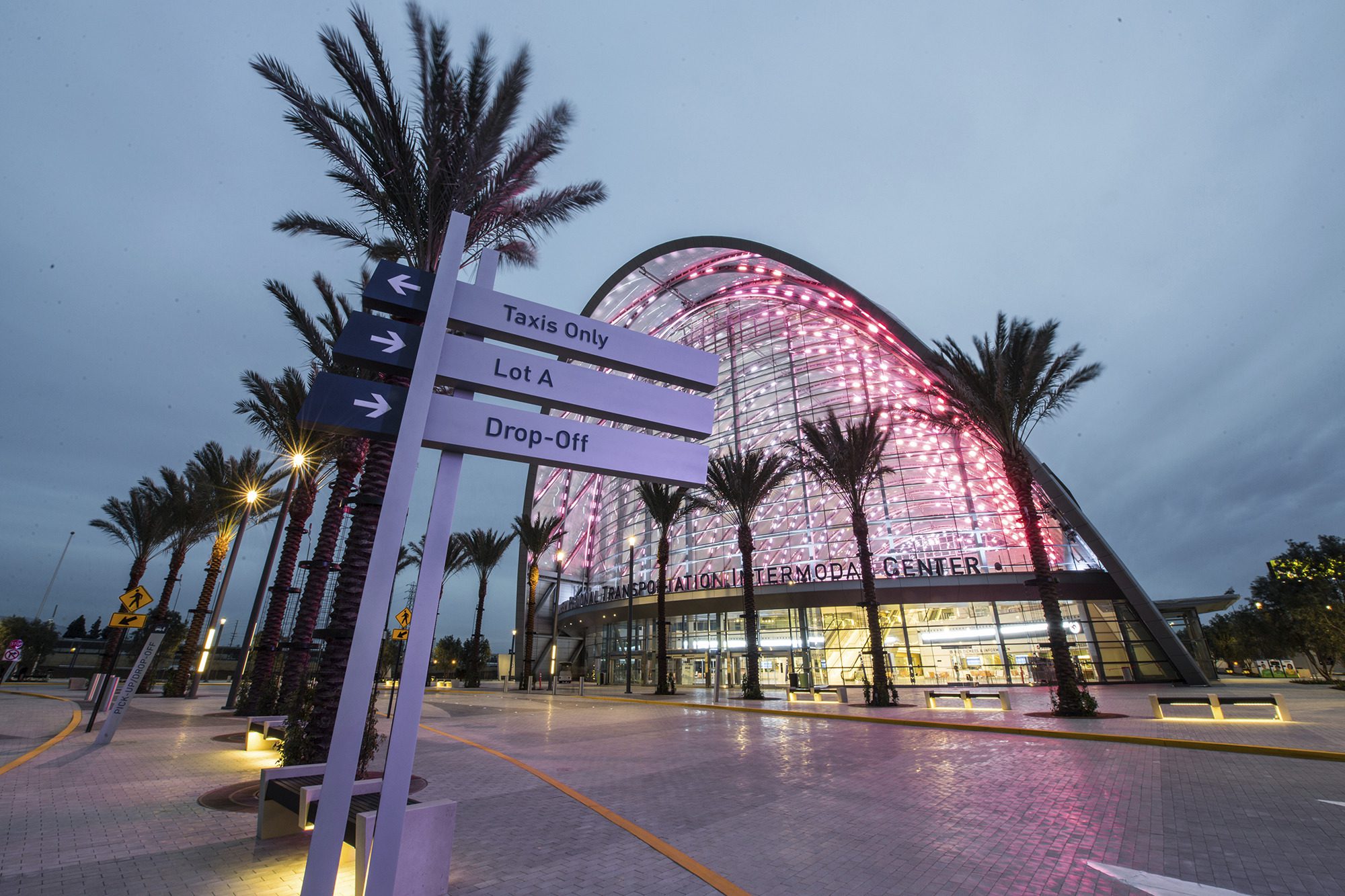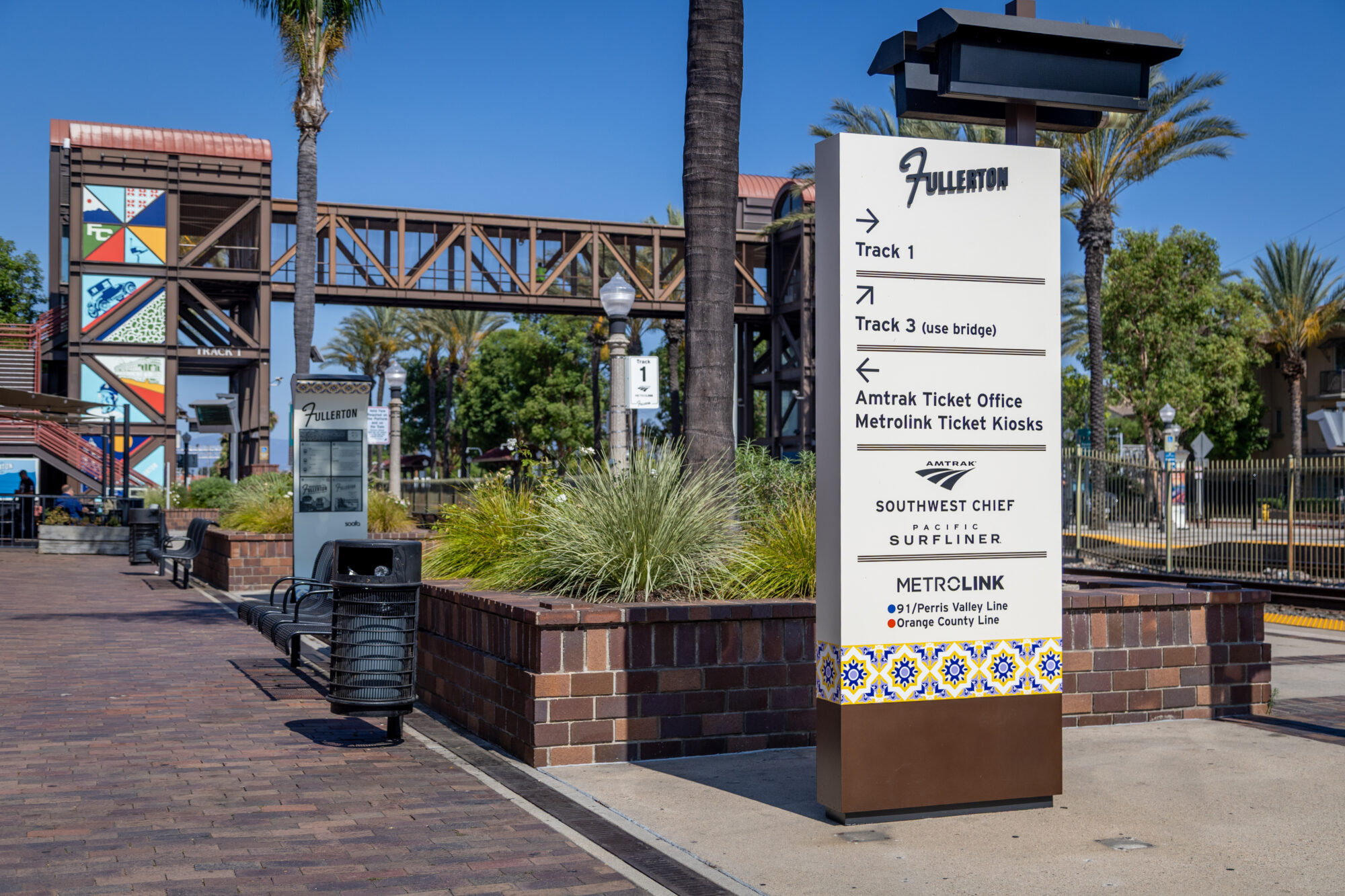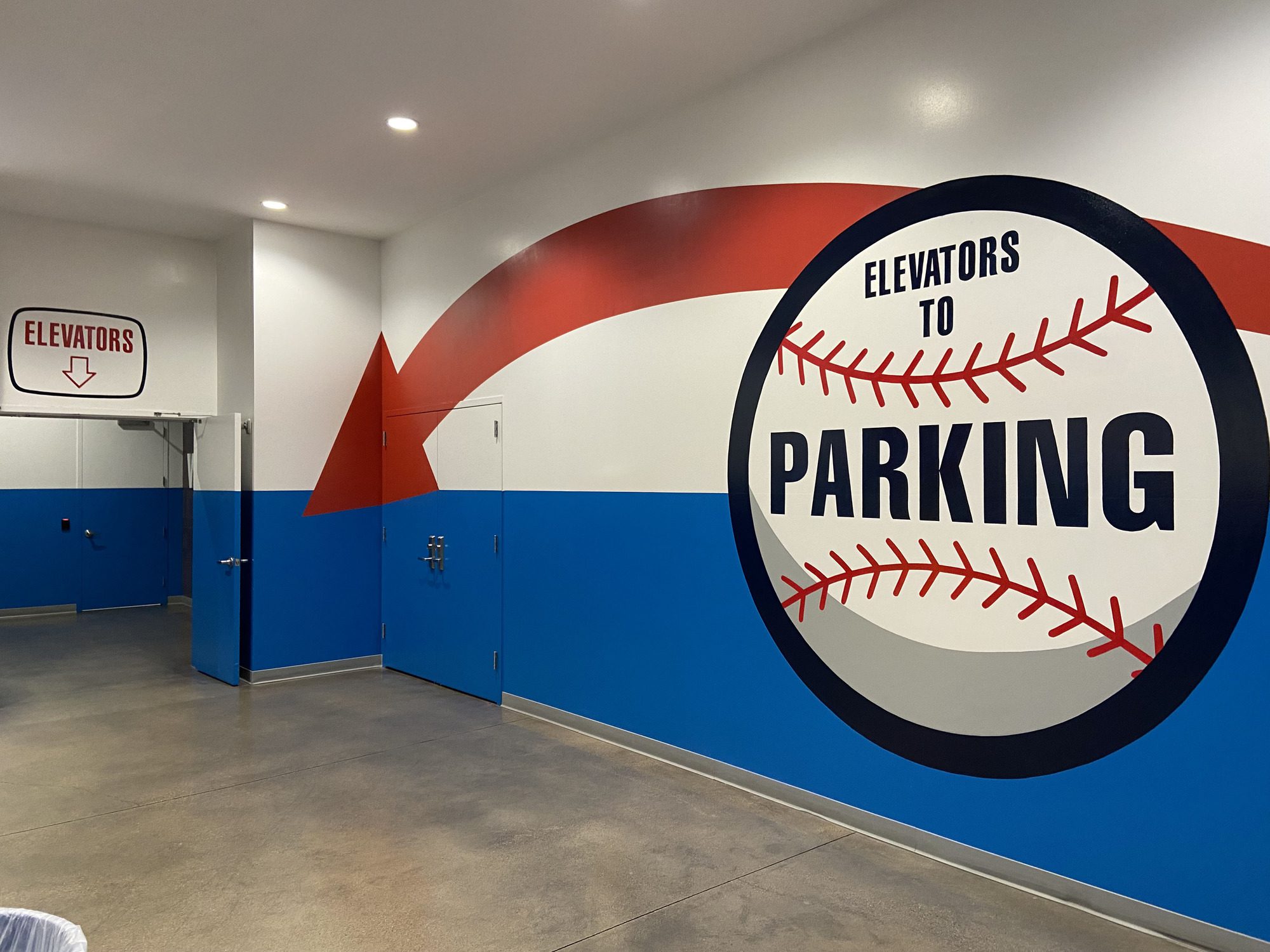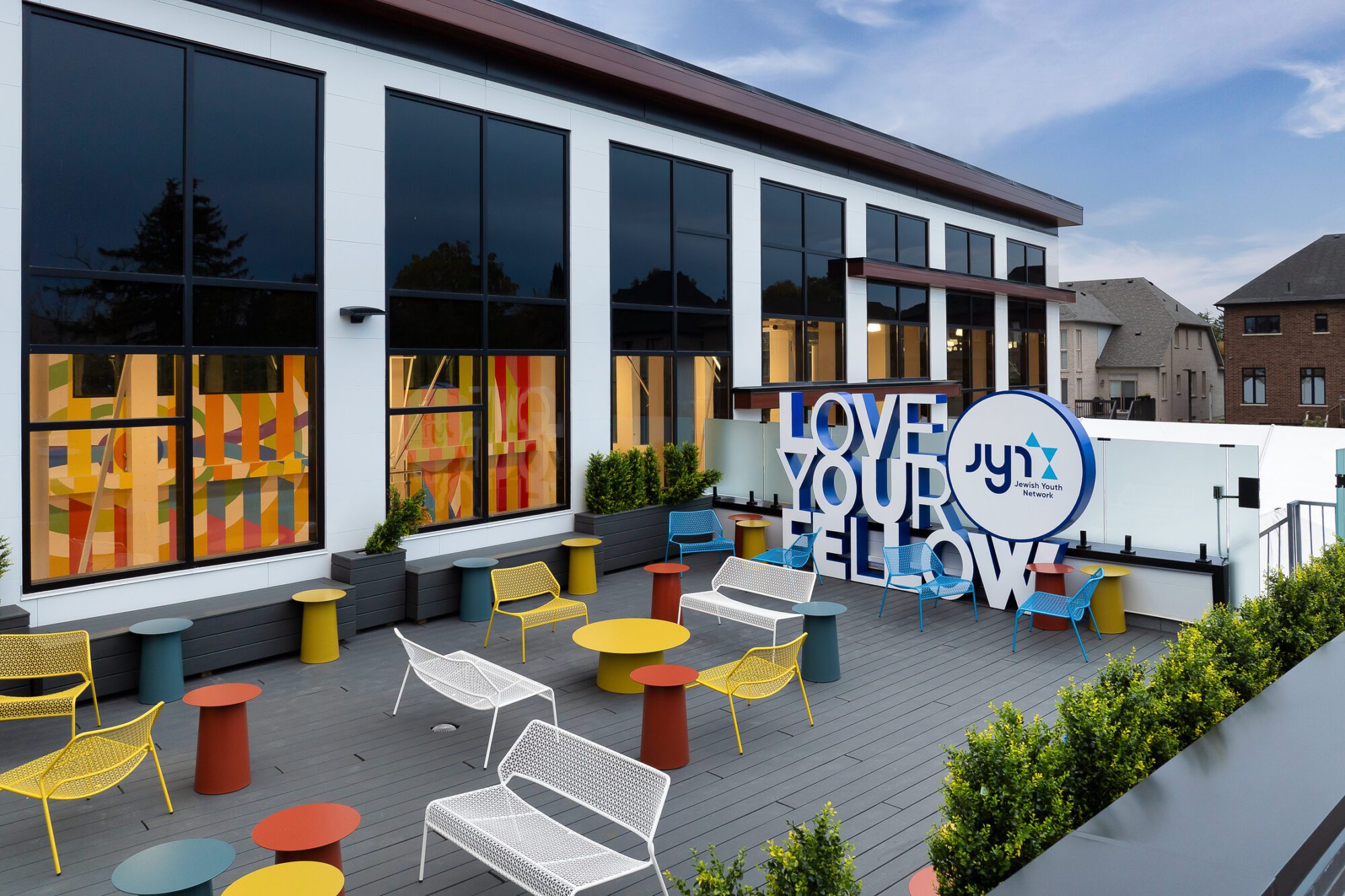Wayfinding is misunderstood by most people, who mistakenly believe that it is as easy as simply creating and installing signs. Yet we’ve all had that frustrating experience of being in a place and not being able to find our way to our desired destination. Although there may be many signs around us, they do more to confuse us than to intuitively guide us to where we want to be.
That occurs when not enough attention is paid to creating the wayfinding system by highly skilled, experienced and specialized wayfinding experts.
The wayfinding “system” is created well before any money is spent on producing and affixing any signs or landmarks. Wayfinding is both art and science and involves an understanding human behavior, as people move within that space, seeking their way to their desired destination. Too little information and the system does not fulfill their wayfinding needs. If there is too much information it becomes visually overloading and often ignored. Style, colors, locations all play an important role in an effective wayfinding system.
Great wayfinding first of all, enables the visitor to first understand where they are within a space. Then it empowers them to easily and quickly locate where they want to be, and lastly it needs to simply, clearly and effectively guide them to that location.
A key component of providing highly effective wayfinding is in creating a Visitor Journey Map. This is a process of identifying each type of visitor and all of the touch-points the visitor experiences on their way to their final destination. All of these individual visitor journeys must be anticipated and meticulously mapped out in order to craft the wayfinding and signage system. When this critical tool is diluted, omitted or performed by inexperienced practitioners, the success or failure of the wayfinding system can only be determined after the money has been spent to create and install it.
Wayfinding is understanding the natural paths each visitor might take, and utilizing that information in creating the experience that the client envisions for their visitors, plays a prominent role in shaping the wayfinding system.
“All wayfinding needs to provide a sense of arrival. People need to know where the entrance is to any destination, whether it’s a city, hospital, airport, mixed use development or residential complex… the essential elements of wayfinding are the same. They include signs that identify, direct, inform, and regulate, as well as amenities including landmarks, placemaking and furniture systems. These elements combine to set the tone and tell the story of a place. Sophisticated and elegant, or joyful and exuberant, imagery defines the place, including wayfinding elements. People love places that they understand and can navigate easily, and also provide elements of discovery, surprise and invoking a sense of joy and wonderment.” — Cliff Selbert, Co-Founding Partner, Selbert Perkins Design
The benefits of positive visitor experiences are numerous. Obviously it translates into repeat visits, as people naturally return to, and stay longer in places in which they feel at ease, entertained and engaged. These experiences do not occur as happenstance.
When properly designed wayfinding works, people don’t notice it as such. Enveloped within a carefully curated and implemented wayfinding system, they simply and intuitively find their way. It is only when wayfinding is poorly designed and implemented do visitors notice, diminishing their experience, which translates to their lingering less, not spending as much, as well as a decision factor in whether or not they will return to that space.
Landmarks/Gateways:
Whether we are aware of it or not, one of the oldest and most used elements for wayfinding are landmarks. From our earliest days of existence, humans have navigated their world using natural and human-created landmarks. It has become part of our unconscious awareness to seek out and utilize these navigational aids… so much so that we are mostly unaware that we are doing it.
Done well, landmarks serve a myriad of functions. They firstly establish a point of reference, orienting visitors within that space. You can identify where you are in reference to the landmark. “We can meet up at the Las Vegas Gateway at midnight.” “It’s just to the left of the Obelisk.” “Head towards Saddleback mountain. You will find the camp in the valley next to the river.”
Landmarks also serve as beacons of identity… instantly communicating to all a message signifying what the place is, who they are and what their shared values may be.
Landmarks are also public art. They are beautiful additions to visitor experiences as well as navigational aids in helping people find their way to and through to their destination.
Landmarks have been the cornerstones of communities from the beginning of time. They serve to unify people, communicate shared values as well as provide a stalwart beacon in finding your way.
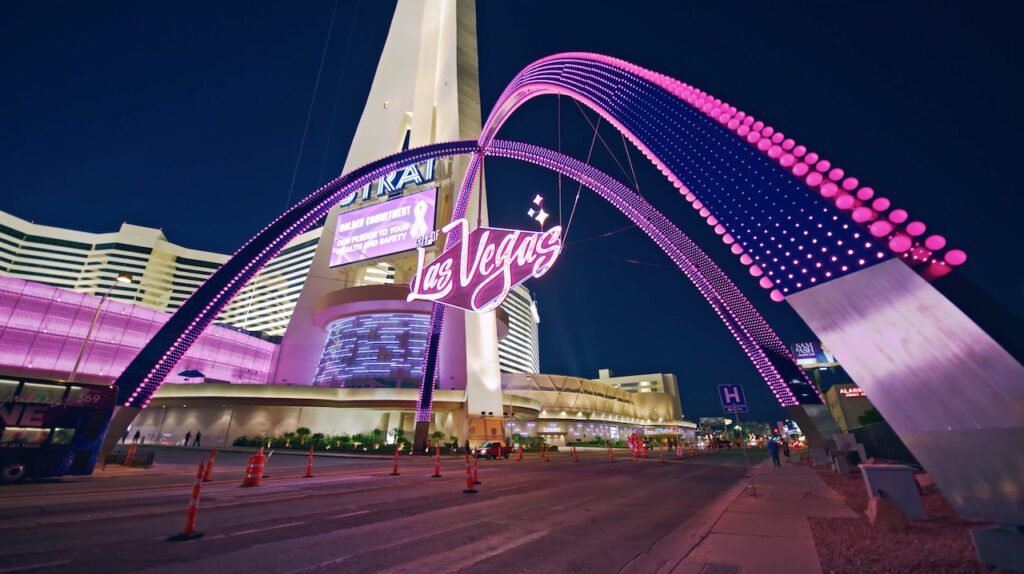
Civic/Community
For residents and visitors alike, finding your way quickly and easily to the desired destination is an important aspect to serving the community.
Whether it is finding your way downtown, to local attractions or through a government facility, it is important for the wayfinding systems to anticipate the visitor touch points and intuitively guide them to their desired location.
People will naturally be attracted to those areas where they have a hassle-free experience and avoid those that pose more challenges.
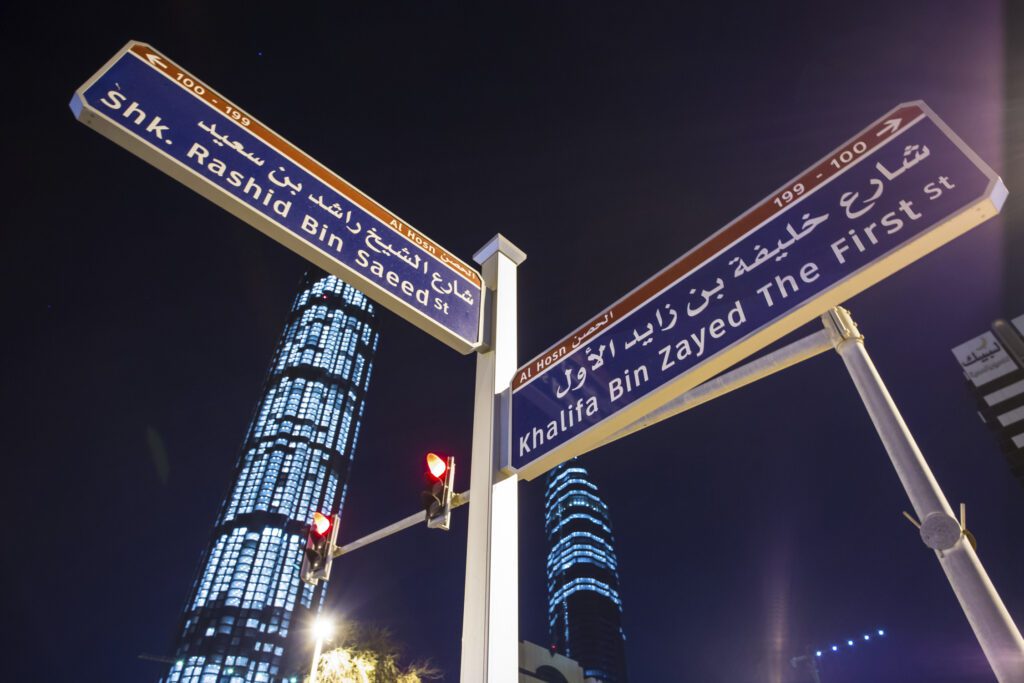
Mixed Use/ Retail
Effective wayfinding is crucial to the success of any mixed/use, retail environment. As a developer or owner, the job is to attract people to the space and guide them in a way in which they enjoy themselves as well as expose them to the many offerings of your retailers.
A poorly designed and implemented wayfinding system leads to the ruining of the shopping or entertaining mood because finding your way through the crowded space is just too difficult.
As the nature of bricks and mortar mixed/use retail spaces continue to evolve, particular attention needs to be paid on visitor experience. More than a place to shop, these spaces are quickly becoming entertainment centers, catering to the public’s desire to get out of their homes, connect with community and eat, shop, linger longer, create experiences to make them stay and spend money.
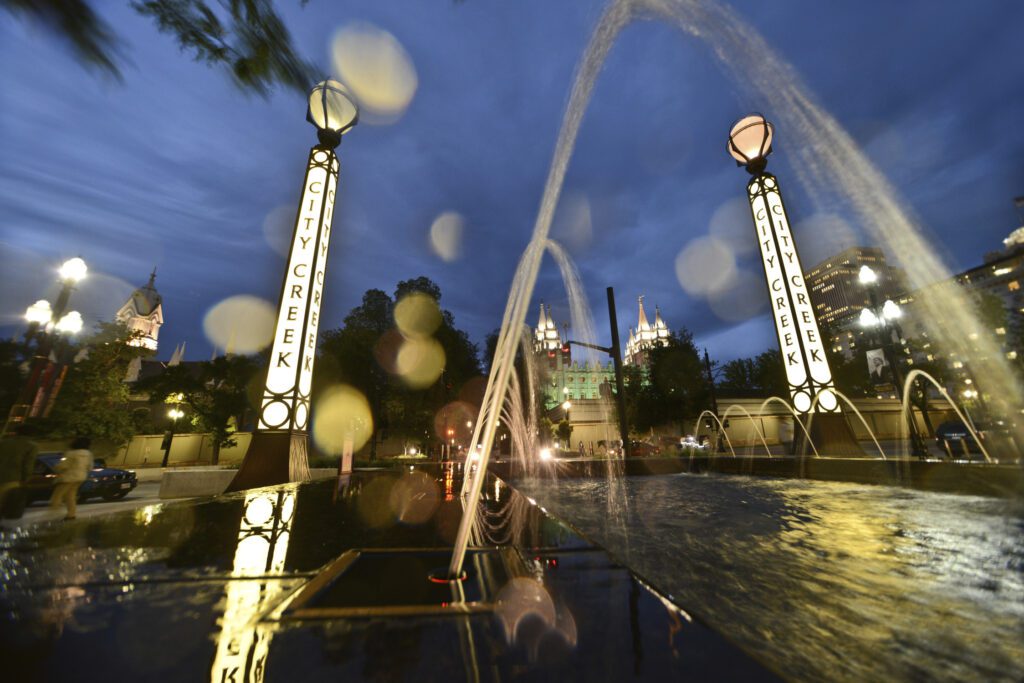
Residential:
There are few more intimate spaces than that of one’s home. In these types of projects, wayfinding is more than one’s merely finding their way, How that wayfinding is designed and integrated within that space, how it expresses the branding and the mood of the residence, is a huge factor with potential residents imagining themselves living and thriving within that environment long term.

Healthcare:
In Healthcare, wayfinding is literally a matter of life or death. Ambulances and other first responders need to quickly find their way to the proper location of an Emergency Room. Medical staff as well need to be able to find their way within a facility where even seconds matter.
Effective wayfinding saves lives. Not only does it facilitate faster response times for medical staff, it reduces the stress inherent with medical situations for all who support the health and wellbeing of the patient.
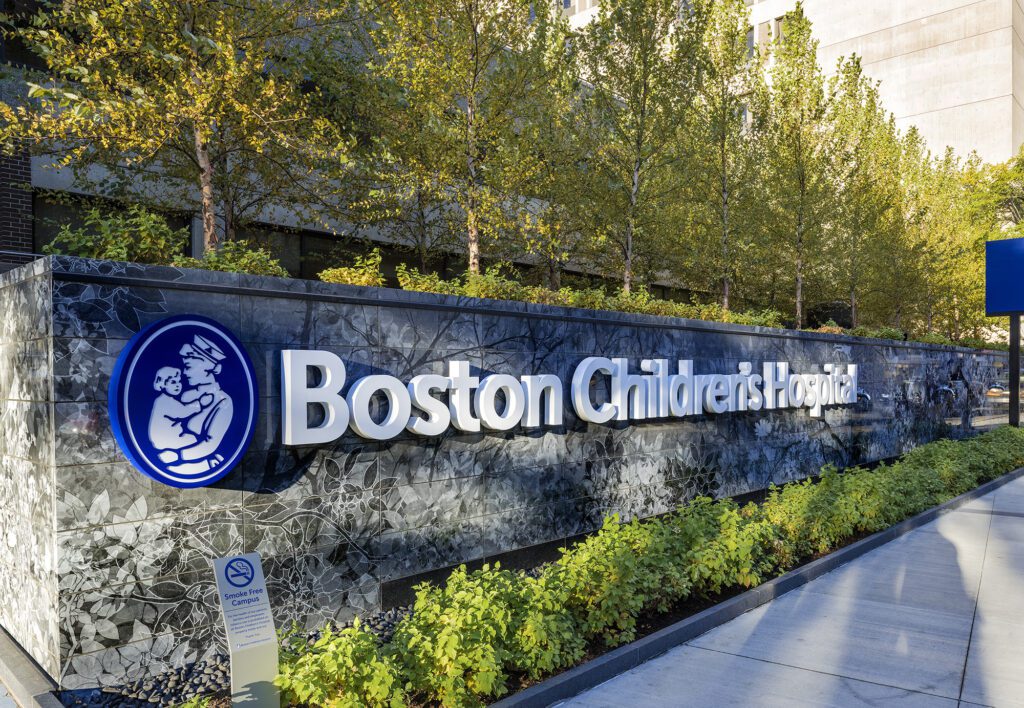
Transportation:
Airplanes, trains, buses, trams are all time sensitive services. You either get to your gate on time or you get left behind.
One of the biggest hinderances to a positive passenger experience is poor wayfinding. When one is under the stress of getting to and through any transportation hub on time, good and effective wayfinding is the primary determination of a positive or negative passenger experience.
Positive passenger experience translates into happy travelers, by reducing stress for both the traveler and transportation staff alike. Making the wayfinding experience intuitive translates directly to the profitability of the transportation facility.

Sports & Entertainment
Energy is high, as the big day arrives. You’ve waited for weeks or months for the big game… or concert from your favorite band. Nothing can spoil the moment, except perhaps the time and drudgery of finding your way to venue, locating which entrance is best for your chosen seats… and where and how to park nearest to that point.
Once inside, now the task is to find your seats. During the event, our wayfinding needs turn towards how to find the nearest restroom and vendors for food, drink and memorabilia. When the wayfinding system does a poor job in intuitively guiding one to these essential locations, they detract from a positive visitor experience.

Universities and Colleges:
From the first encounter with a campus, when parents and students are making decisions on which institution to entrust with the student’s future… through to their final graduation day… finding your way to and through a campus easily and quickly is the difference between success and failure for both the institution and the people they teach.

Corporate Environments:
Designing, honing and communicating your corporate image is a preeminent component of the success of your business. Effective wayfinding is not only an important element in helping your visitors locate what they need, it is an important and powerful extension and expression of your corporate image.
Wayfinding, Branding and Placemaking provide one of the best returns on investment.
